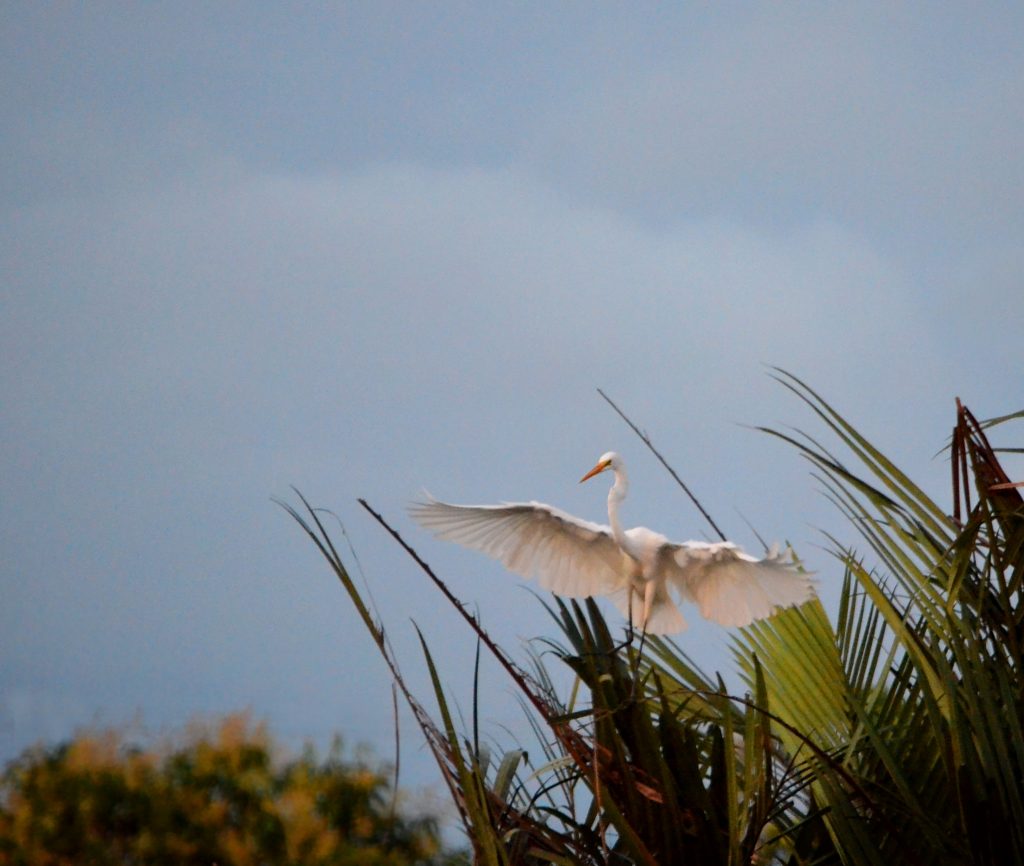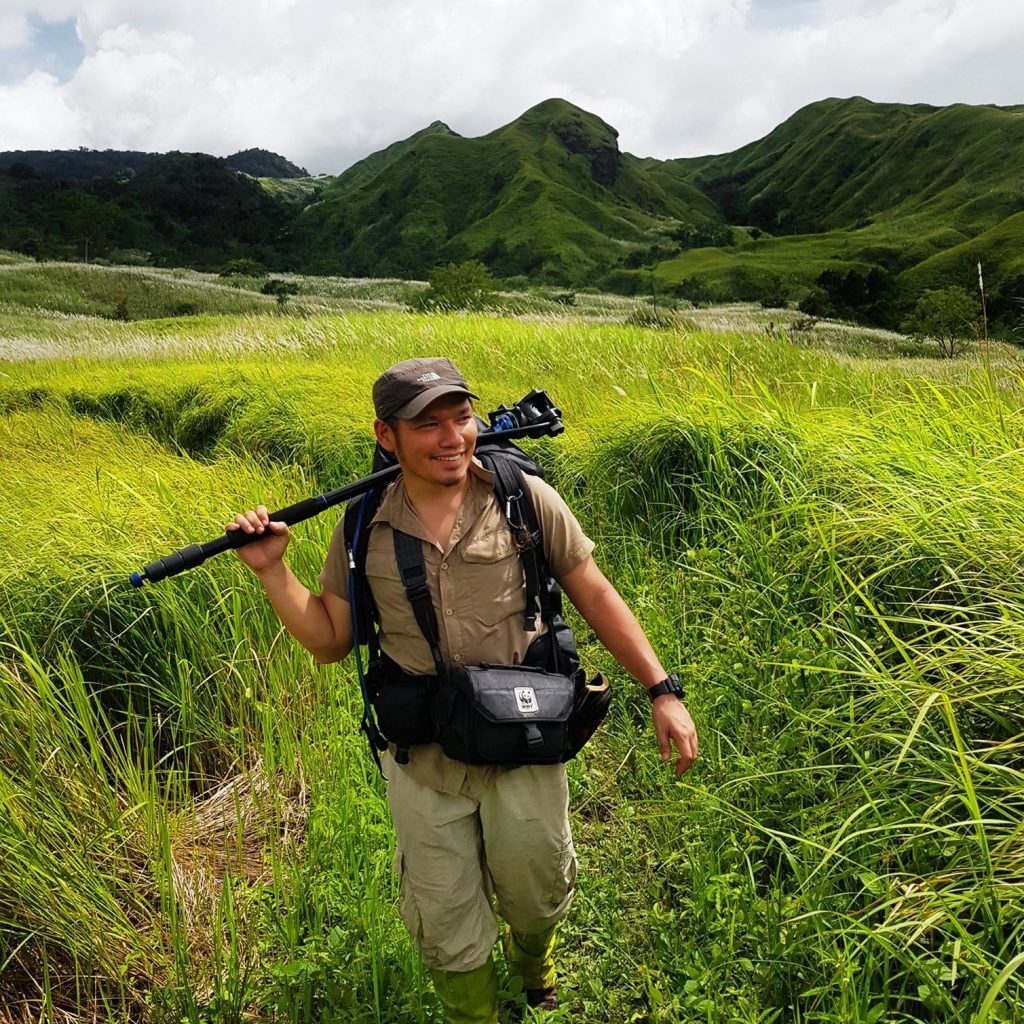The Philippines is a wonderful place for wildlife photography. The skills needed to successfully find, stalk and photograph wild animals are absolutely primal and similar to hunting. As animal-lovers though, our goal should be to see these wonderful creatures in their habitats so we’ll know how best to protect them from poachers, land developers and other threats.
Wherever we are on Planet Earth – from emerald isles of this country to the endless deserts of Saudi Arabia – there are wild places. With a little knowhow, practice and the right gear, everyone can be a responsible wildlife-watcher. Here’s a quick guide to help set-up your first adventure.
Do your homework
Good wildlife sanctuaries and habitats can be found anywhere, from your local park to the mountains you see from your apartment or village townhouse. Even overgrown lots can be repositories for biodiversity. Do some research to check if you live near one of these secret places.
Even deserted ponds or glades can come alive in the early mornings, long before most people get out of bed. You can also join or organize expeditions to well-known wildlife destinations in your locale, such as Canaba Marsh in Pampanga or the Olango Wetlands in Cebu.
Go during the early mornings

Most wild animals are at their most active during the hours of dawn (5AM to 7AM). Trust me, you won’t regret waking up early – everything will just seem more alive.
If you cannot make it early, the next best time to view animals is late in the afternoon (4PM to 6PM). As a general rule, the hotter it is, the less active animals will be.
Wear proper clothing
In order to see the animals without them scuttling off, you have to literally blend in with your surroundings. Wear dull shades of brown or green – military camouflage works very well. Quick-dry apparel will keep you both cool and dry during long treks in the forest or under the sun – perfect for birdwatching.
Bring a good hat
Always useful for protection against the elements. It should of course be dull-colored so as not to attract attention. Brim or boonie hats are preferable to caps or sun-visors to protect your nape, which can get sunburnt out in the field.
Bring really, really good binoculars
This is absolutely vital for spotting small or hard-to-approach animals. Binoculars are described by two sets of numbers: the first is the magnification and the second is the diameter of the front lens in millimetres. If you have a 10×40 pair, a bird that’s 10 meters away will appear as if it’s one meter in front of you. Always remember to keep your pair clean and dry.
Bring a field guy

Crucial in identifying which animals you’ll see. There are numerous titles which should be readily available at your local bookstore. For birdwatchers, the go-to-guide is the Kennedy guide, widely-available in bookstores nationwide.
Bring a notebook
Used to record the birds and other animals that you encounter. Remember to jot down when and where you saw the animal, what it was doing and so forth. A notebook also helps when you have difficulty in identifying a certain animal, as you can draw a rudimentary sketch before the animal scuttles off. You can always consult your field guide afterwards.
Just sit down and be patient
Watching wildlife is really about blending in with your surroundings so much that birds and other critters come out of hiding. One of the best techniques is to just quietly sit down by a tree trunk and see what comes out in 15 or 20 minutes. You’d be surprised at how effective this can be.
Leave no trace
A basic tenet of all outdoor activities. This also means you can’t disturb bird or other animal habitats.

Always ask for permission
Before you enter a site, ask for permission. Guards and attendants are only doing their job, so please be patient and courteous whenever they query your intentions.
Don’t disturb animals when photographing them
Herding animals to go a certain way, disturbing nests, making loud noises to flush out resting animals… all these are big no-nos. Wildlife photographers should treat the field as the house of a kind old host. We should act like first-time guests and leave these places either untouched or cleaner than when we came in.
Lastly, if you see anything interesting during your trips, post them online. Groups like the Philippine Biodiversity Net are wonderful communities to talk about wild animals and their respective conservation measures. Good luck and happy stalking!
This appeared in Animal Scene magazine’s March 2020 issue.
You might want to read:
– Photographer captures stunning Siamese fighting fish portraits that looks like ink in water
– Photographer captures two penguins enjoying the Melbourne skyline
– Photographed for the first time: Dwarf Kingfisher






